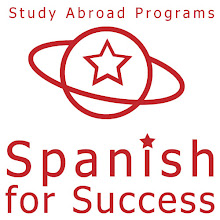By Russo Mutuc
In the USA, working or participating in the medical field, many professionals and students have come across plenty of Spanish speaking patients. Generally in this industry, there already many challenges when providing patient care or services, it is critical that the health care providers be able to communicate effectively and relay the information accordingly to the patients. Because of the complexity of the medical industry, communication barrier is one challenge that many professionals and students are being faced with. The reality is miscommunication leads to many problems, especially, when dealing with health issues. To tackle the situation, students at their early phases of training, have been encouraged by their universities to participate in classes with Medical Spanish.
Medical Spanish has grown in popularity in the last few years. One in particular contributing to the growth is the programs abroad. Language Spanish programs, which traditionally offer general type Spanish classes, have incorporated more of a technical, observation, volunteer, communication based Spanish for Medical courses. Living and learning abroad enhances the communication skills of the language student in a shorter period of time. Many of the Universities encourage training students to take an elective abroad as a means of acquiring more skills in Spanish, and to hone in the main terminologies and practices of Medical Spanish. Some universities have also started to offer their in-house programs.
To further help assist health care professionals in learning the terminologies of Medical Spanish, new technology has been incorporated. Gadgets like PDA’s are a quick access for information and references.
Overall the benefits of learning Medical Spanish are very rewarding to the health care industry, when dealing with Spanish speaking patients. It saves time, cost effective for the hospitals, plus communication is clear and concise, and less legal issues.

No comments:
Post a Comment